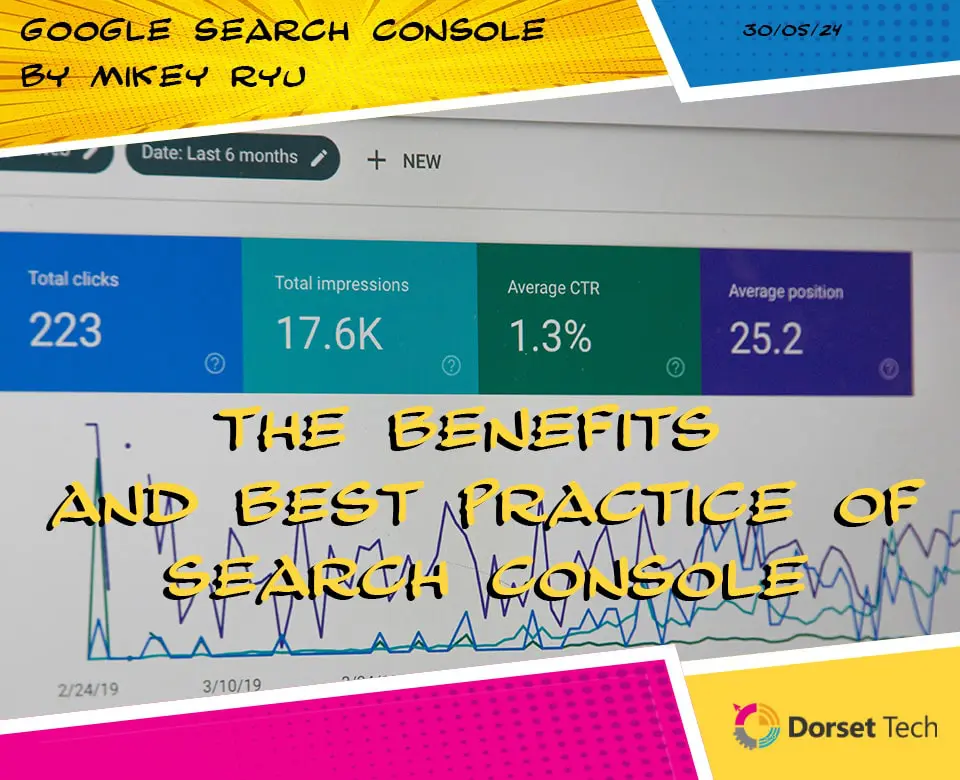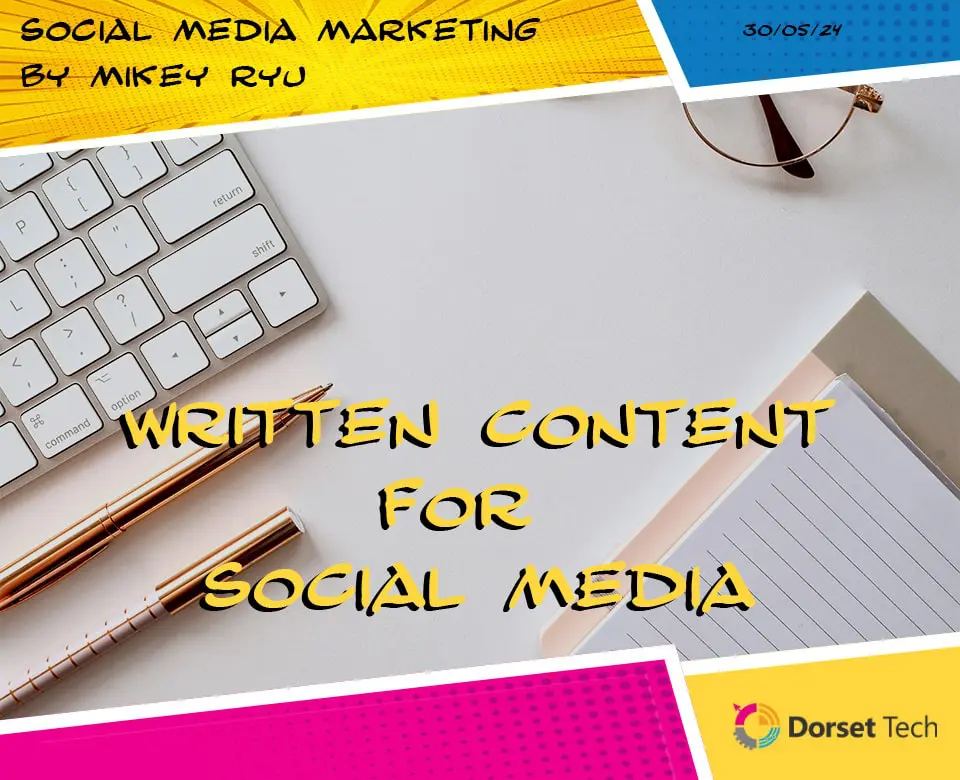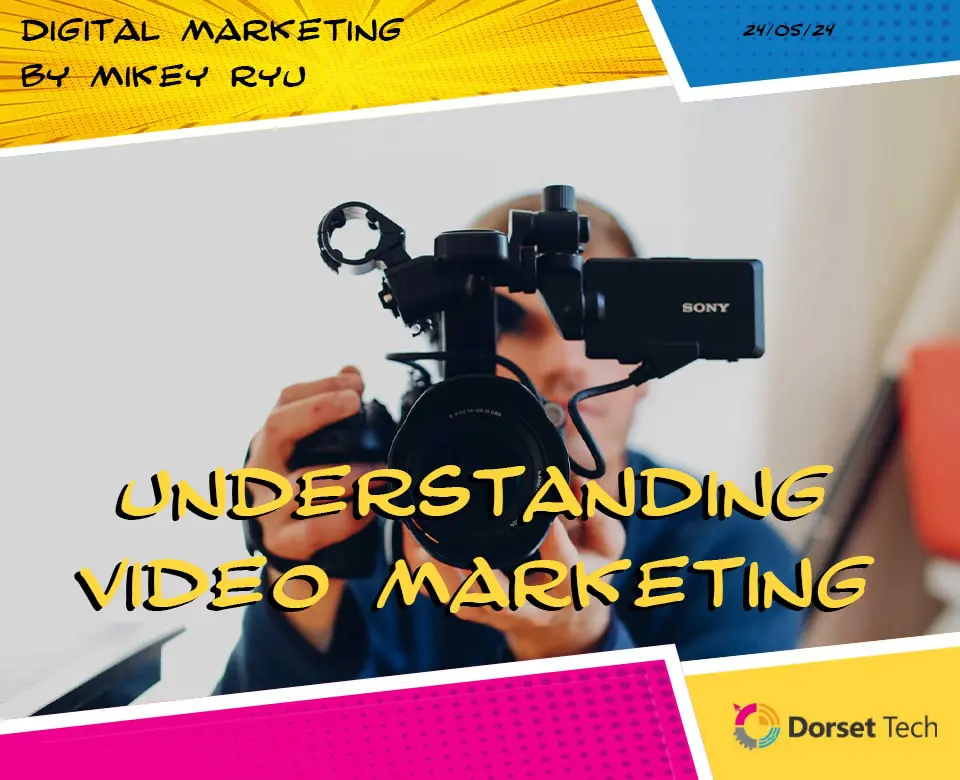Logo Ideation Techniques and How to make a logo
The process of creating a logo is an exciting journey that involves translating the essence of a brand into a visual symbol. Logo ideation, the initial phase of this journey, is a crucial step where creativity takes centre stage. In this blog, we will explore various logo ideation techniques and guide you through the practical steps on how to bring your logo idea to life.
Logo Ideation Techniques
1. Mind Mapping:
Start with words: Begin by jotting down keywords that represent your brand. From these words, create a mind map, exploring associated concepts and visual elements. This technique helps to generate a pool of ideas and connections that can serve as a foundation for your logo.
2. Sketching Sessions:
Doodle freely: Allow your creativity to flow through sketching. Set aside time for free-form doodling, exploring shapes, symbols, and typography. This hands-on approach can lead to unexpected breakthroughs, giving life to unique and innovative logo concepts.
3. Word Association:
Connect visually to words: Take key attributes of your brand and create a list of associated words. Then, experiment with visual representations of these words, letting the imagery guide your design. This technique helps in forming a visual language that aligns with your brand’s personality.
4. Competitor Analysis:
Study the landscape: Analyse logos within your industry and beyond. Identify design elements that work well and those that you’d like to avoid. This process can provide valuable insights, helping you create a logo that stands out while respecting industry conventions.
5. Abstract Symbolism:
Embrace abstraction: Consider abstract symbols that represent your brand’s values or attributes. This technique allows for a more versatile interpretation, creating a logo that is visually intriguing and open to various meanings.
How to Make a Logo
1. Select Your Design Software:
Choose your tools wisely: Depending on your familiarity and comfort level, select a design software such as Adobe Illustrator, CorelDRAW, or any other vector graphics program. These tools offer the precision needed for logo design.
2. Understand the Basics:
Learn the essentials: Familiarise yourself with the basic principles of design, such as balance, symmetry, and negative space. These fundamentals form the backbone of a well-crafted logo.
3. Start with Basic Shapes:
Build a foundation: Begin your design by creating basic shapes that form the structure of your logo. This approach helps maintain clean lines and ensures scalability.
4. Incorporate Typography:
Choose fonts wisely: If your logo includes text, carefully select typography that complements your brand. Pay attention to font spacing, size, and legibility, ensuring that the text integrates seamlessly with the visual elements.
5. Experiment with Color:
Convey emotion through colour: Apply your chosen colour scheme to evoke the desired emotions. Test how your logo looks in different colour combinations and consider how it will appear in black and white.
6. Refine and Iterate:
Feedback is key: Step back, review your design, and seek feedback from peers or design professionals. Embrace the iterative process, making adjustments to refine and enhance your logo.
7. Export in Various Formats:
Ensure versatility: Once satisfied with your design, export your logo in various formats (JPEG, PNG, SVG) to ensure compatibility across different platforms and applications.
Conclusion:
Logo ideation and creation are dynamic processes that blend creativity, strategy, and technical skill. By exploring various ideation techniques and following practical steps in logo creation, you can develop a visual identity that not only represents your brand but also resonates with your target audience. Remember, a well-crafted logo is more than a graphic; it’s a visual story that communicates the essence of your brand to the world.





















